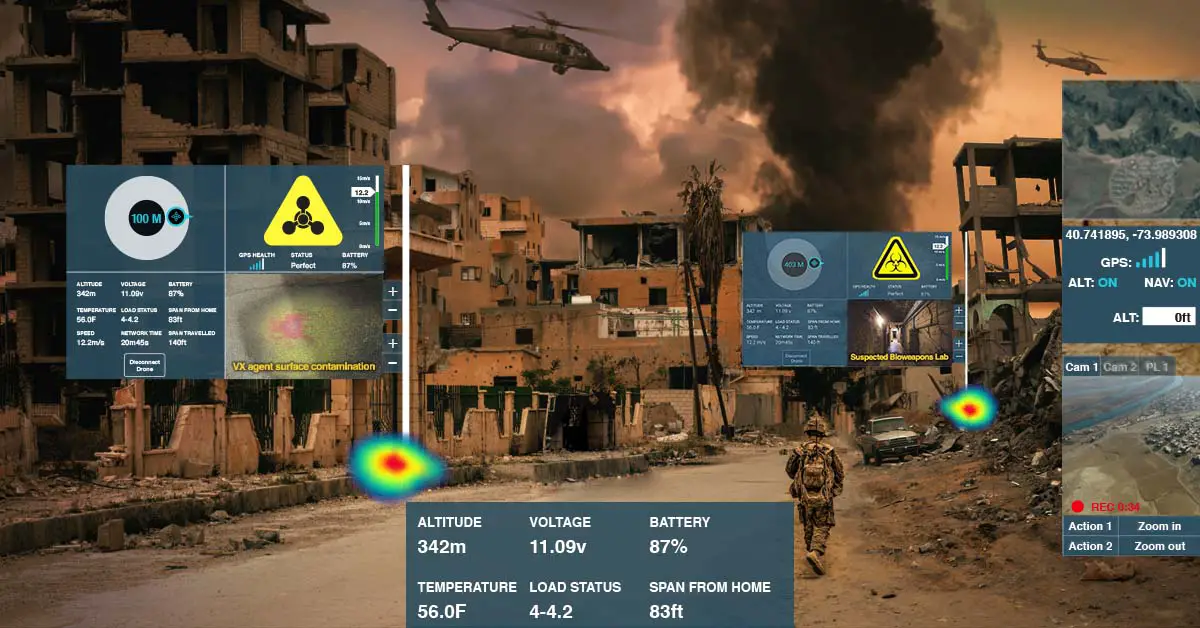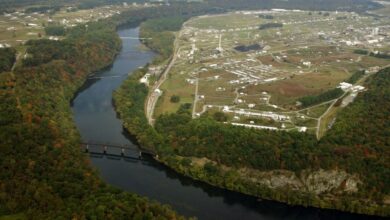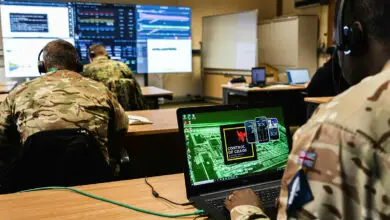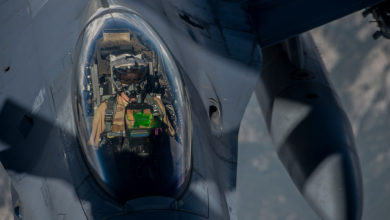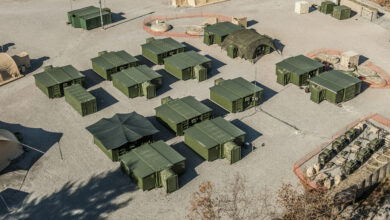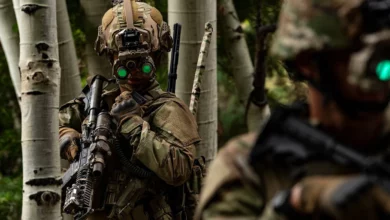US Invests $15M in Teledyne Bio-Chemical Threat Mapping Tech
The US Defense Threat Reduction Agency (DTRA) has awarded a $15.7 million contract to American tech firm Teledyne FLIR to develop an augmented reality (AR) technology that displays biological and chemical threats.
The battlefield threat mapping and visualization tool will reportedly allow the military and other defense forces to digitally see the exact location of hazardous material threats using mobile phones, tablets, and heads-up displays.
The technology would provide the service with improved chemical, biological, radiological, and nuclear (CBRN) situational awareness capability, enabling soldiers or emergency responders to avoid or neutralize chemical and biological hazards.
The new device will also allow real-time decision support on reconnaissance and decontamination missions.
Teledyne FLIR will collaborate with other tech companies to develop software that precisely locates, measures, and maps CBRN hazards. The firm will also enable threat map visualization on a “see-through” AR display.
Troop Protection
As part of the contract, the DTRA will require a mission-flexible prototype of the bio-chemical threat mapping technology, consisting of networked sensors and advanced AR visualization tools.
According to Teledyne FLIR official Dr. David Cullin, developing an advanced bio-chem threat detection tool is vital for protecting soldiers, especially during missions in hazardous environments.
“We’re proud to lead this effort that will help our warfighters intuitively visualize dangerous chem-bio threats, while also advancing future capabilities tied to IVAS and autonomous robotic decontamination,” he explained in a press release.
The US Air Force also recently began testing a new protective suit designed to protect airmen from CBRN attacks. The suit features a two-piece layered undergarment, gloves, respirator, and other items necessary in a toxic environment.

